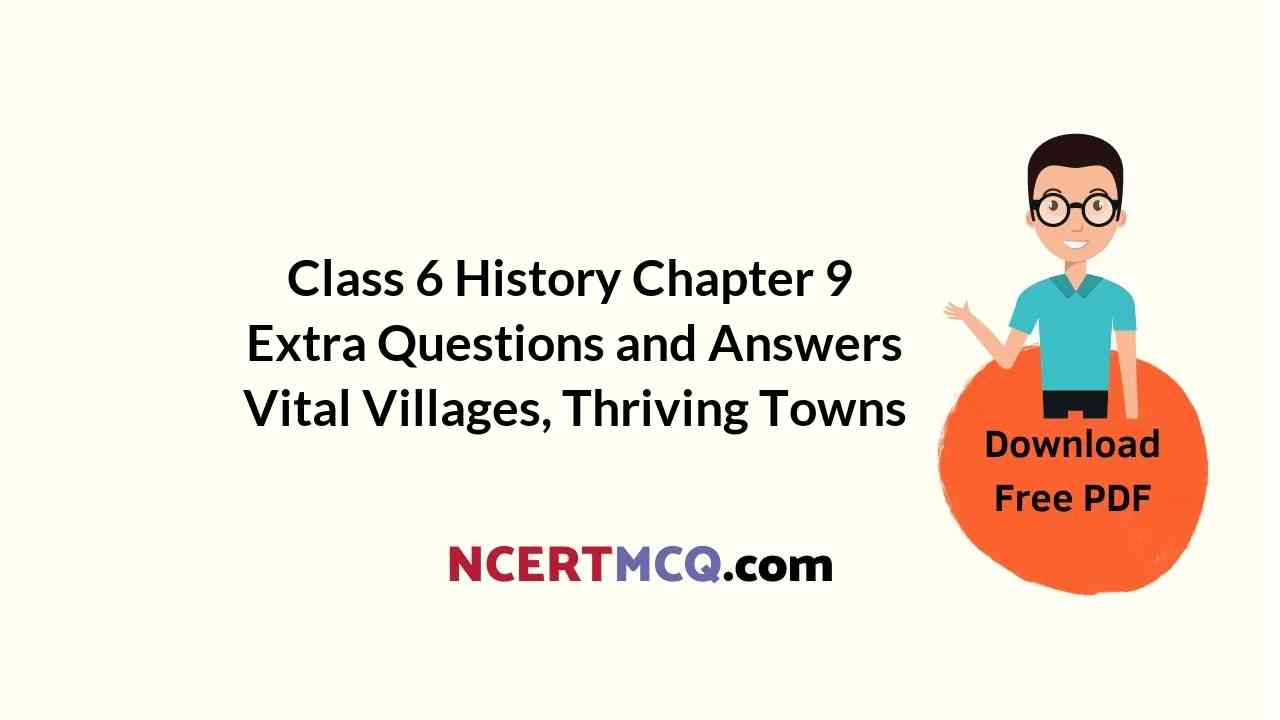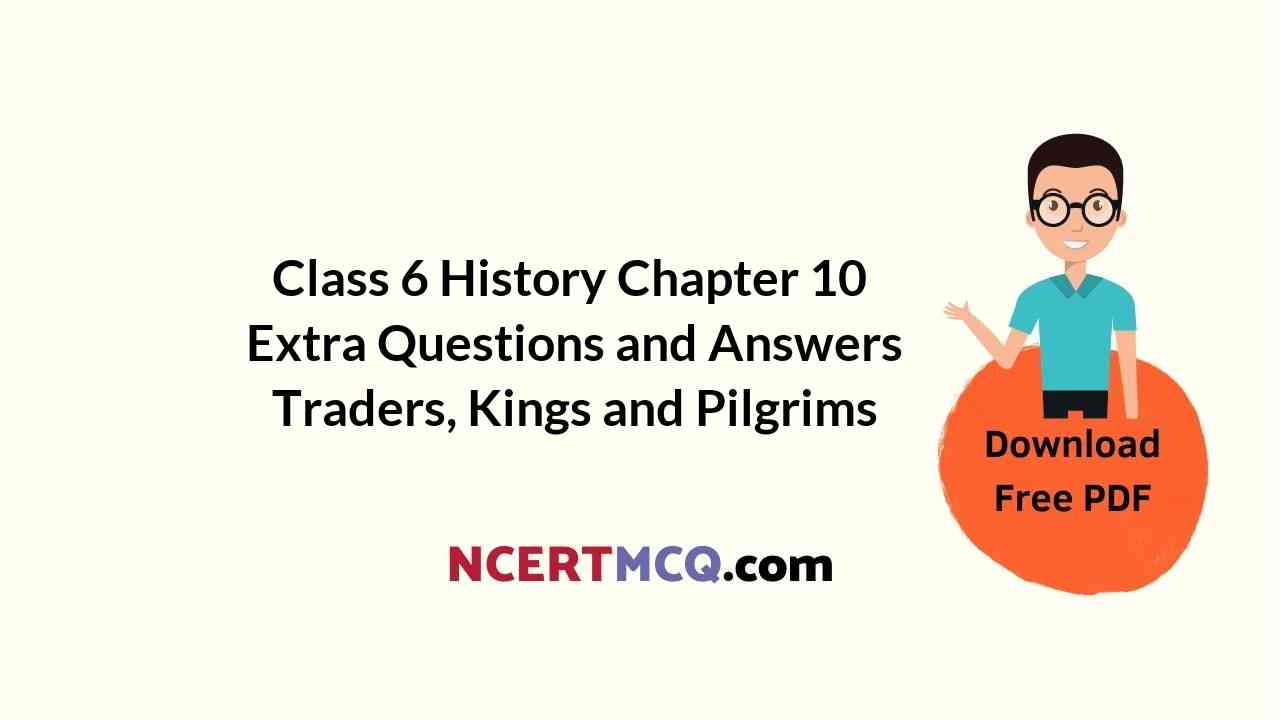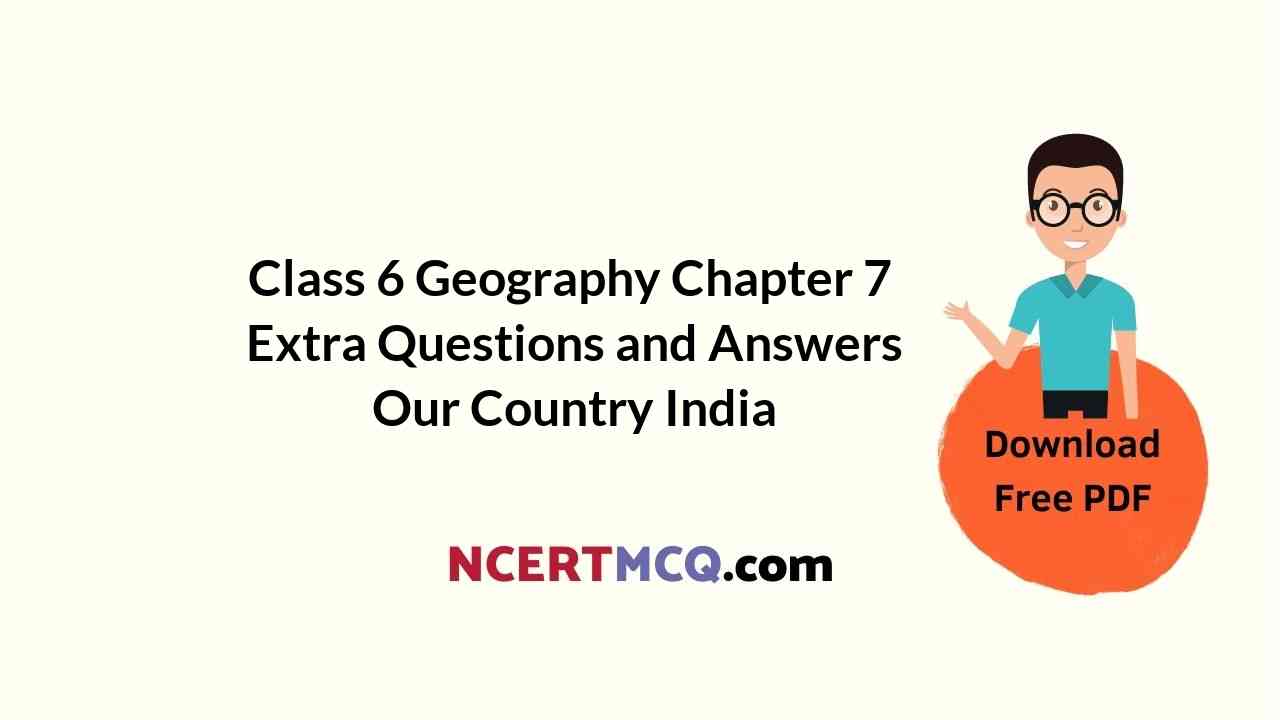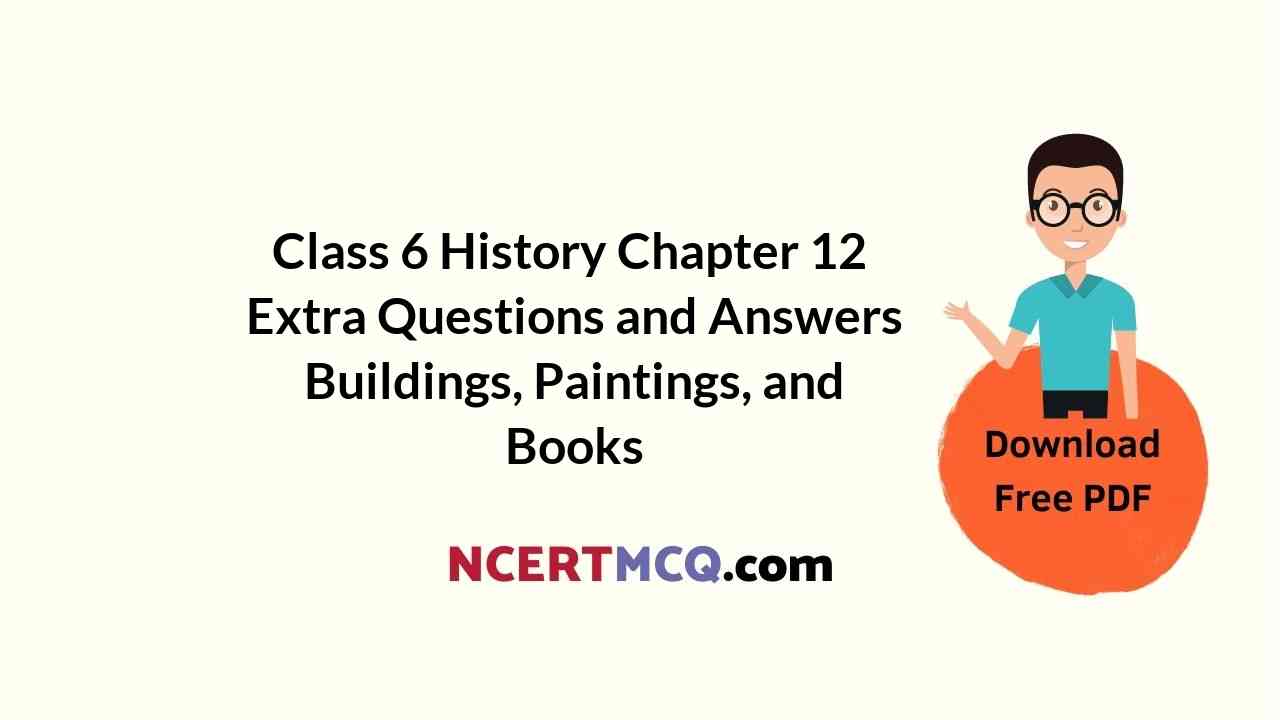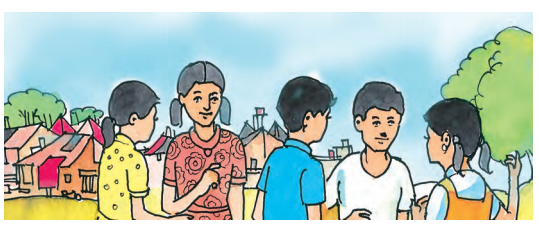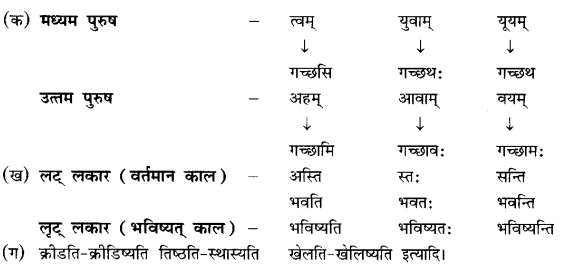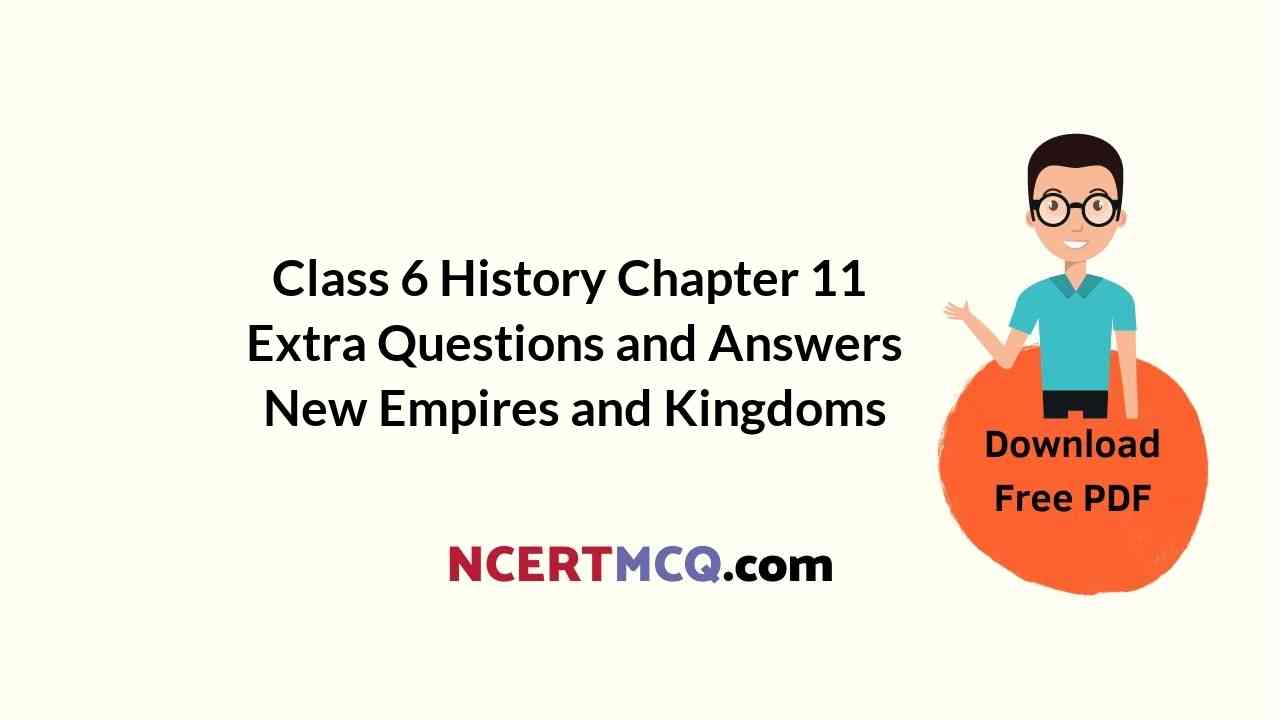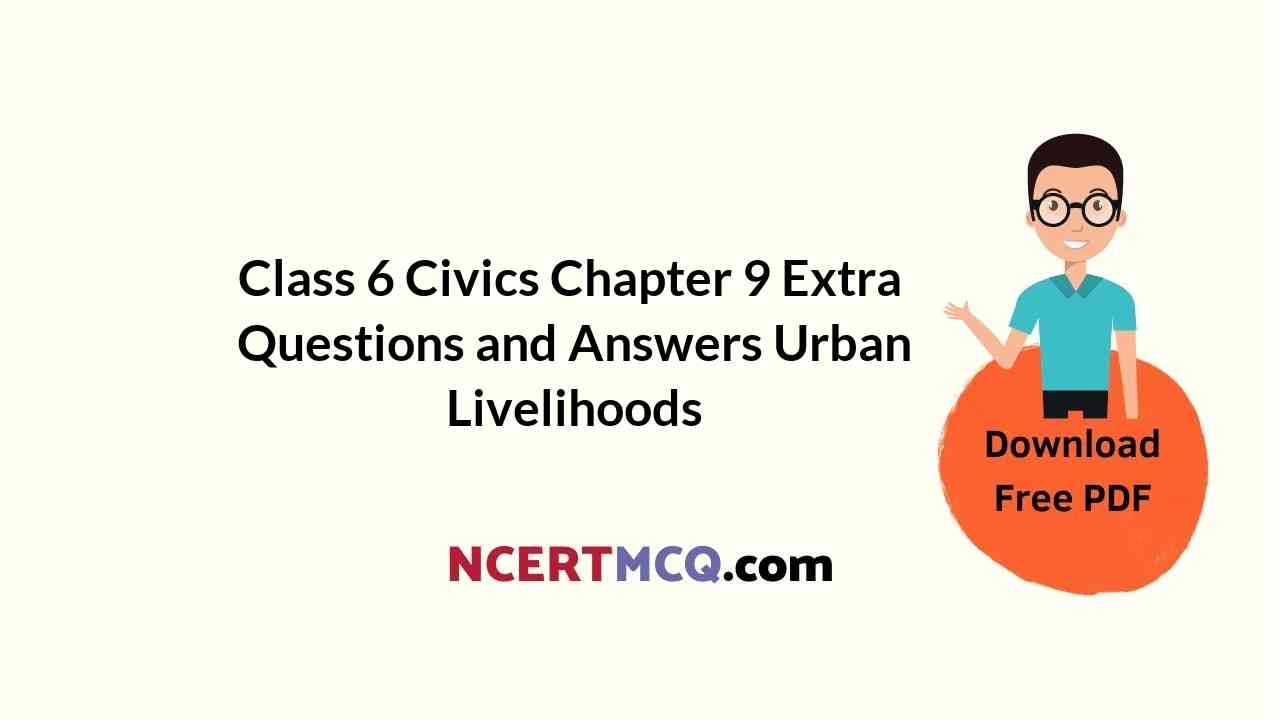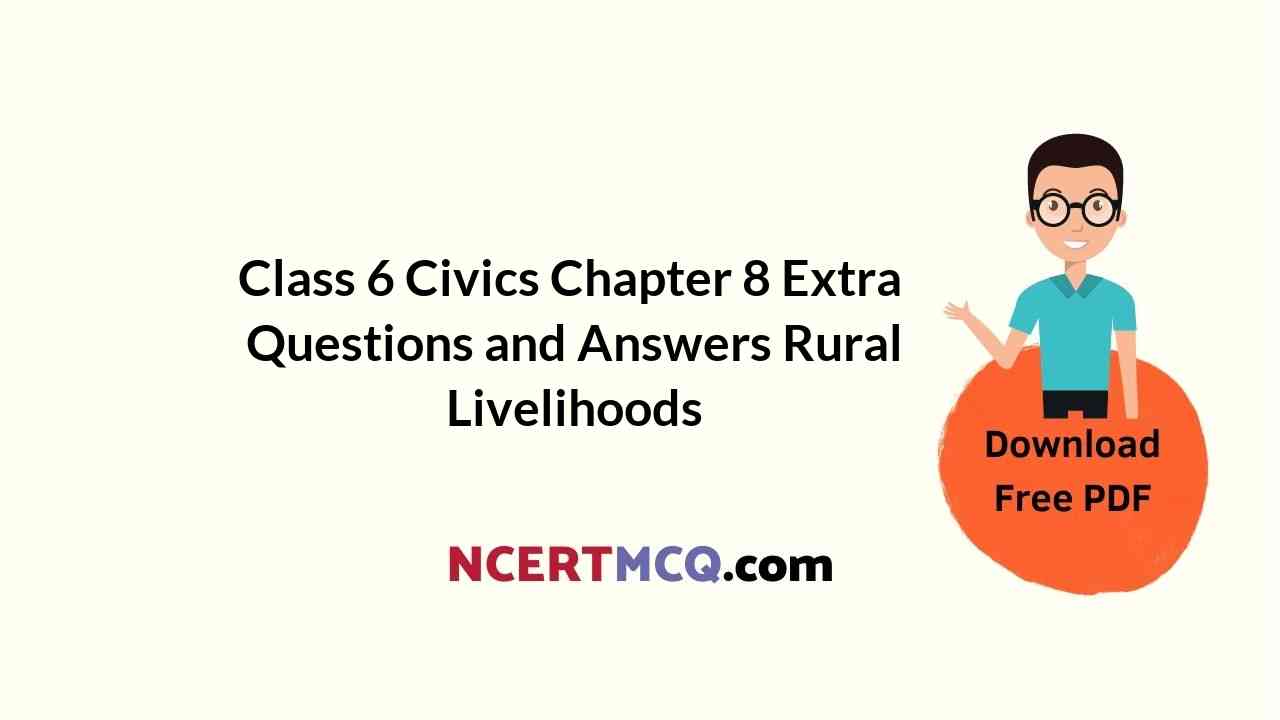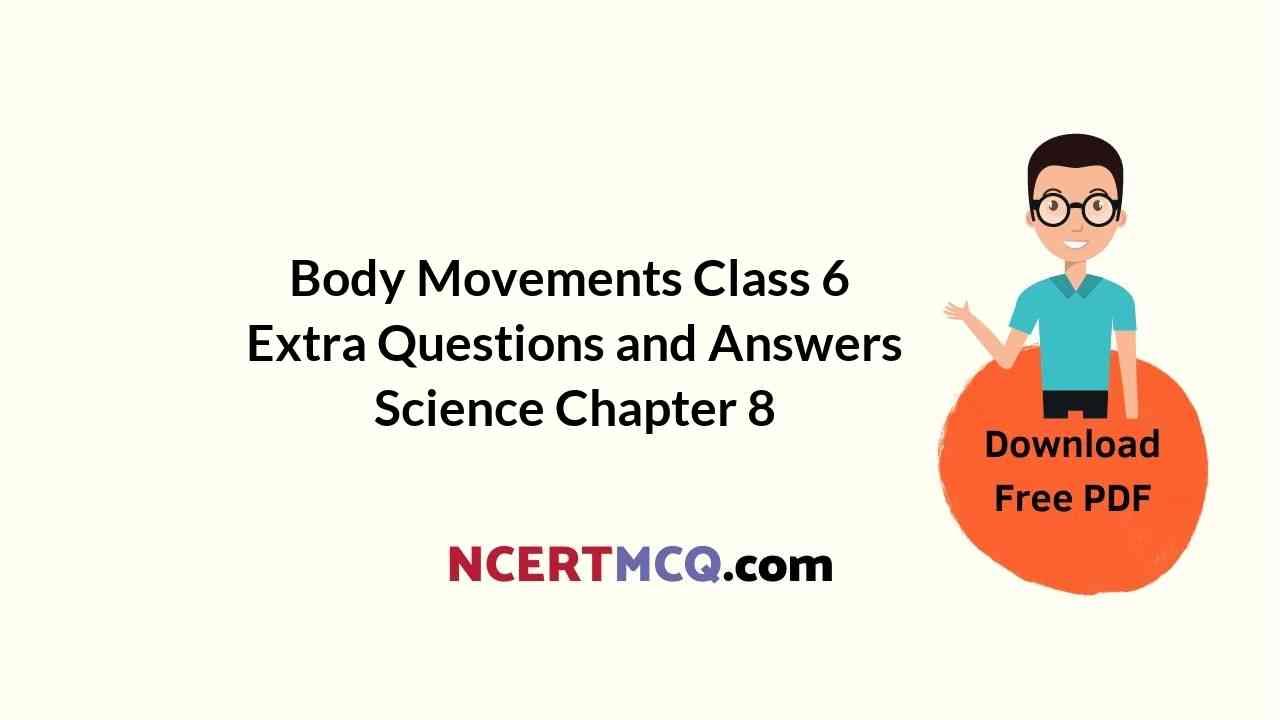Here we are providing Online Education Class 6 History Chapter 9 Extra Questions and Answers Vital Villages, Thriving Towns was designed by subject expert teachers. https://ncertmcq.com/extra-questions-for-class-6-social-science/
Online Education for Vital Villages, Thriving Towns Class 6 Extra Questions History Chapter 9
Class 6 History Chapter 9 Extra Questions And Answers Question 1.
When did the use of iron begin in India 7 Where were they found? Name, some of the iron tools.
Answer:
The use of iron began on the subcontinent about,3000 years ago. The largest collection of iron tools and weapons were found in megalithic burials. The iron tools found included axes for clearing forests and iron ploughshares used for agricultural production.
Vital Villages Thriving Towns Class 6 Extra Questions Question 2.
How did agricultural production increase?
Answer:
The agricultural production increased with the help of new tools and system of transplantation. Increased irrigation also led to the spread of agriculture it included canals, wells, tanks and artificial lakes.
Class 6 History Chapter 9 Extra Questions Question 3.
mention the stages in the construction of irrigation works.
Answer:
The stages in the construction of irrigation works were :
- Kings provided and planned irrigation works.
- Labour was provided by the people.
- Farmers benefited because crop production was more certain.
- Farmers had to increase production to pay taxes.
![]()
Class 6 History Chapter 9 Questions And Answers Question 4.
Name the different kinds of people who lived in the villages.
Answer:
There were three different kinds of people who lived in the villages in the northern and southern parts of the subcontinent.
They were :
- Large landowners, known as Vellalar in Tamil region.
- Uzhavar, or ordinary ploughmen.
- Landless labourers, including slaves, were known as Kadai sugar ‘and admin.
Vital Villages Thriving Towns Extra Questions Question 5.
Name the earliest Tamil composition.
Answer:
The earliest works in Tamil were known as Sangam literature, composed about 2300 years ago. These texts were called Sangam because they were supposed to have been composed and compiled in assemblies (known as sangams) of poets that were held in the city of Madurai.
Ch 9 History Class 6 Extra Questions Question 6.
Where do we find the Tamil terms?
Answer:
Tamil terms are found and mentioned in the Sangam literature.
![]()
Vital Villages, Thriving Towns Class 6 Extra Questions Question 7.
How were the villages governed in the northern parts of India.
Answer:
In the northern parts of India :
1. Each village had a village headman, known as gram bhojaka. It was: a hereditary office and the same family held the position of generations. He was the largest landowner. Generally, he had slaves and hired workers to cultivate the fields. He also collected taxes from the people of the village. He also functioned as a judge and a policeman.
2. Grihapatis were small landowners. They were independent farmers.
3. Dasa Karunakaran did not own land and worked on the fields of the others.
Ncert Class 6 History Chapter 9 Extra Questions Question 8.
What were shrines 7 How did they function?
Answer:
Many craftspersons and merchants formed associations known as shrines. They provided training, procured raw material and distributed the finished goods. The shrines of the merchants organised the trade. Shrines also served as banks, where rich men and women deposited money. This was invested and part of the interest was returned or used to support religious institutions and monasteries.
Class 6 History Ch 9 Extra Questions Question 9.
(a) Write any one of the Jataka stories in your own words.
Answer:
Once there was a clever young man, who was poor and had a dead rat, which he sold for a coin to a hotel. Next, he offered his services to the king gardener and cleaned the garden and, in exchange, kept the wood and leaves. He wooded the little boys with an offer of sweets, who neatly piled and the sticks and leaves.
These sticks and leaves were purchased by a potter who wanted fuel to bake his pots. He paid the young man.
He then made his next move and offered water to 500 grasscutters and asked them to give help whenever he wanted. Next, he learnt that the horse dealer was coming to the town. He carefully made his next move and took one bundle of grass from each person. He also coaxed them not to sell their grass till his was sold. The horse dealer was forced to buy grass for u thousand coins.
![]()
(b) List the occupations of the people in the story.
Answer:
The main occupations of the people in the story were :
- Person who owned the hotel
- Gardener
- Potter
- Grasscutter
- The horse merchant
(c) Why do you think the horse dealer was coming to the city?
Answer:
Horse dealer was coming to the city to sell his horses.
Multiple Choice Questions
1. When did the use of iron begin in the sub-continent?
(a) Around 1,000 years ago
(b) Around 2,000 years ago
(c) Around 3,000 years ago
(d) Around 4,000 years ago
Answer:
(c) Around 3,000 years ago.
2. Which of the following irrigation works were built around 2,500 years ago?
(a) Canals
(b) Wells
(c) Artificial lakes
(d) All of these
Answer:
(d) All of these.
3. Who was grama bhojaka?
(a) Village headman
(b) Village Sarpanch
(c) Agriculture minister
(d) Tax collector
Answer:
(a) Village headman.
4. How was grama bhojaka appointed?
(a) By-election
(b) By nomination of the king
(c) Hereditary part
(d) Appointed by the village Sarpanch.
Answer:
(c) Hereditary part.
![]()
5. Who was Vellalar?
(a) Small landowner in Tamil region
(b) Large landowner in Tamil region
(c) Carpenters in Kerala region
(d) Blacksmiths in Orissa region.
Answer:
(b) Large landowner in Tamil region.
6. Which one of the following refers to Uzhavar?
(a) Ordinary ploughman
(b) Large landlords
(c) Small landowners
(d) Blacksmiths.
Answer:
(a) Ordinary ploughman.
7. Who were Kadaisiyars and Adimais?
(a) Landless labourers including slaves
(b) State administrative heads
(c) Craftspersons
(d) Small landowners.
Answer:
(a) Landless labourers including slaves.
8. Who were Brihaspati’s?
(a) Large landowners
(b) Independent small farmers
(c) Craftspersons
(d) Slaves.
Answer:
(b) Independent small farmers.
![]()
9. Which one of the following refers to data Karmakar?
(a) Slaves
(b) Craftspersons
(c) Landless agricultural labourers
(d) Both (a) and (b).
Answer:
(c) Landless agricultural labourers
10. What is Sangam Literature?
(a) Tamil literature of around 2,300 years ago
(b) Maratha literature of around 5,000 years ago
(c) Magadh literature
(d) Vijji literature.
Answer:
(a) Tamil literature of around 2,300 years ago.
11. Which of the following items were imported into Barygaza?
(a) Wine
(b) Copper
(c) Tin
(d) All of these.
Answer:
(d) All of these.
12. Which one of the following items were exported from Barygaza?
(a) Himalayan plants
(c) Cotton
(b) Ivory
(d) All of these
Answer:
(d) All of these.
